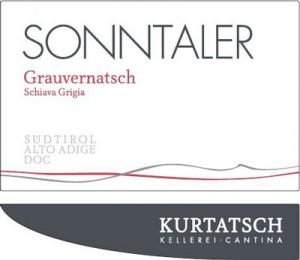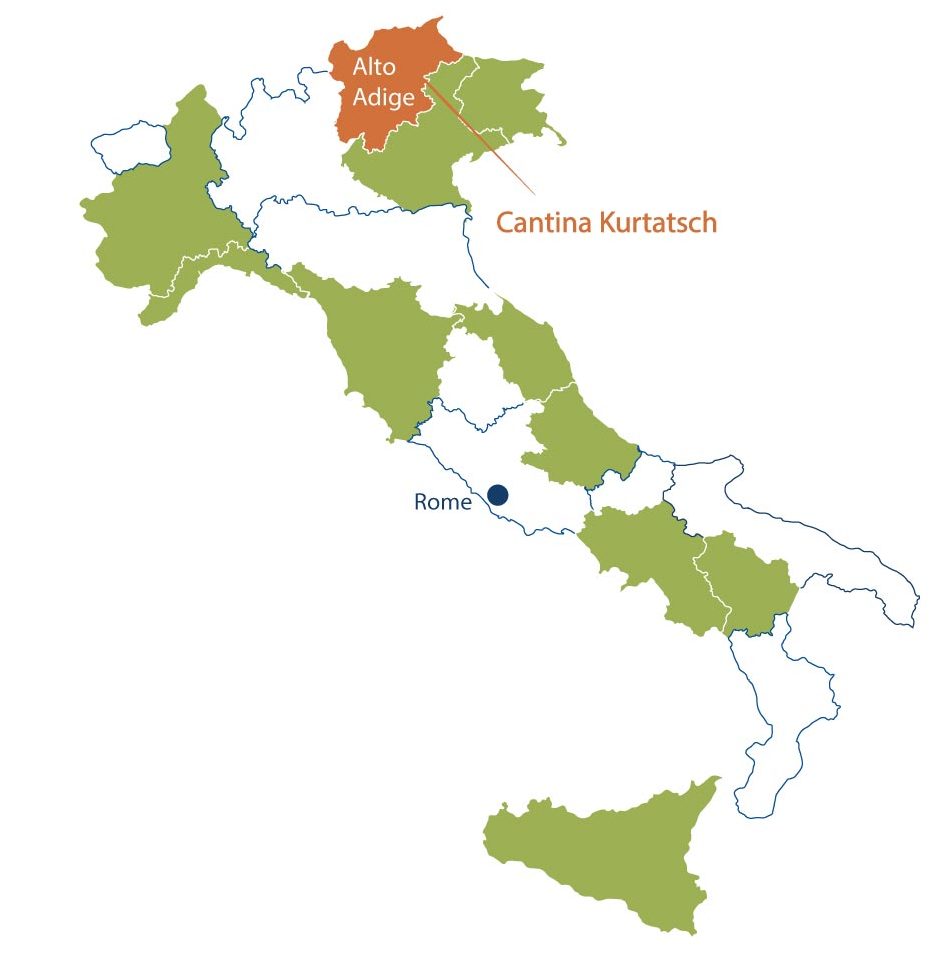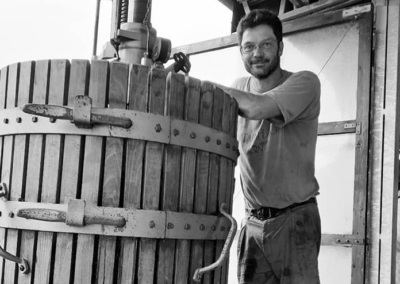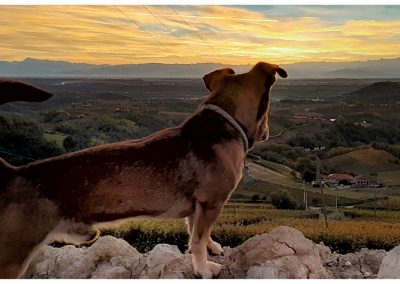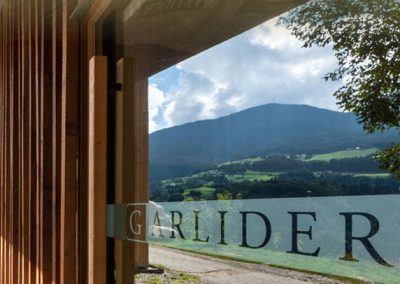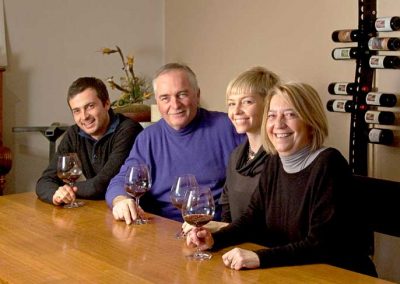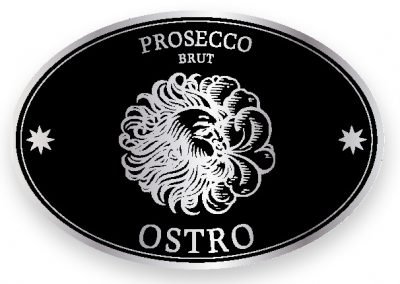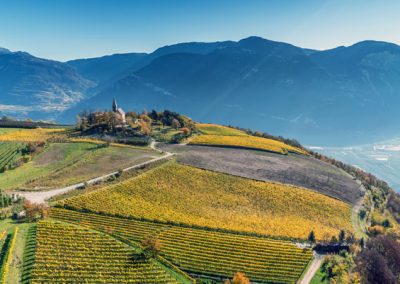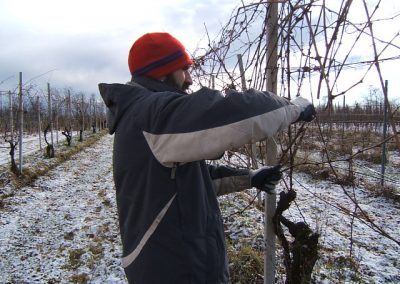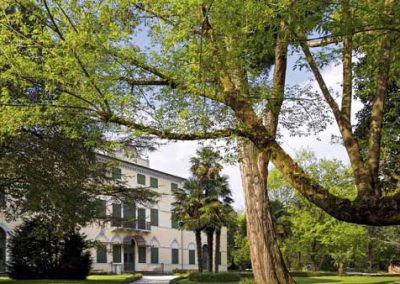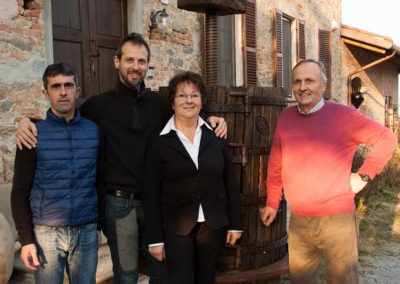Cantina Kurtatsch
Cortaccia | Alto AdigeHere on the border with Austria it is white grapes that reign supreme, grown at altitudes that top 3,000 feet. The village of Kurtatsch (Cortaccia in Italian) is particularly blessed when it comes to terroir, with a wide range of soils that suit perfectly both native and international grapes.
Kurtatsch since the early 1900s has been the representative of the area’s best growers and the source of its finest, most expressive wines. Over the decades, growers have diligently researched which vineyards and soils would give the best expression of each grape.
This exploration has resulted in an unparalleled collection of distinctive wines that capture the true spirit of this wine region that just now is finally being recognized for its exciting variety of wines as well as consistently high quality.
“For a white wine drinker who’s looking for something different, there’s probably no better place to experiment than the Alto Adige.”—Joseph Bastianich and David Lynch, Vino Italiano: The Regional Wines of Italy
The province of Alto Adige is located in Italy’s northeastern corner, on the border with Austria. Alto Adige—also called Südtirol, or southern Tyrol—is a mountainous region with vineyard plantings that range from 900 to 3,000 feet above sea level. Most of the region’s fertile area is located in a dramatic valley created by the confluence of two rivers, the Adige (Etsch) and the Iscaro (Eisach).
Culturally, the region is both Germanic and Italian (both languages are official) thus you will see two languages on wine labels: for example, native red grape Schiava Grigia (ski-YA-va GREE-zhe-ya, Italian) is also known as Grauvernatsch (grau-fer-NASCH, German).
Cantina Kurtatsch partners with some 190 small, family growers in and around the village of Cortaccia (Kurtatsch). Most vineyards are located on the steep, mountainous slopes surrounding the village, ranging in altitude from 660 to 2,700 feet, and facing southeast. Individual plots have always been planted with an eye toward ensuring the particular terroir and altitude are suitable for each grape type.
Vineyards are cared for sustainably, and harvests are performed by hand.
In general, white grapes are pressed and fermented on selected yeasts in temperature-controlled, stainless steel tanks. Wines are aged on fine lees for a minimum of five months. Red grapes are also fermented on selected yeasts and aged in large, neutral casks (either Slavonian or French oak).
Sauvignon
- Download fact sheet (PDF)
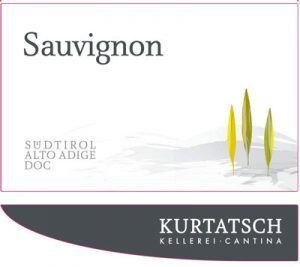
Sauvignon 'Kofl'
- Download fact sheet (PDF)
Pinot Grigio
- Download fact sheet (PDF)
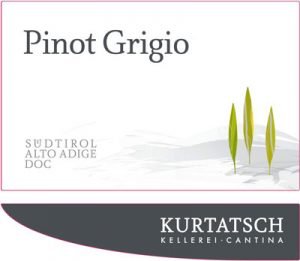
Pinot Grigio ‘Penóner’
- Download fact sheet (PDF)
Müller-Thurgau
- Download fact sheet (PDF)
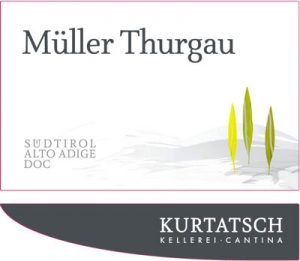
Müller-Thurgau 'Graun'
- Download fact sheet (PDF)
Pinot Bianco
- Download fact sheet (PDF)
Pinot Bianco 'Hofstatt'
- Download fact sheet (PDF)
Kerner
- Download fact sheet (PDF)
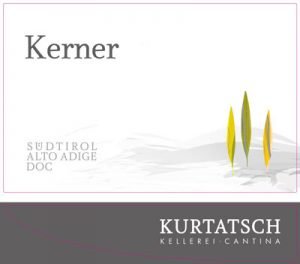
Alto Adige Bianco 'Amos'
- Download fact sheet (PDF)
Pinot Nero
- Download fact sheet (PDF)
Lagrein
Lagrein is one of Alto Adige’s oldest red grape varieties, and prefers the warmer, lower and sandier slopes of the valley to develop its characteristic plummy, ruddy flavors and pronounced tannins. Distinctly peppery and complex, Lagrein will surprise and please fans of northern Rhone Syrah.
- Download fact sheet (PDF)
Schiava Grigia (Grauvernatsch) 'Sonntaler'
So little Schiava Grigia makes it out of the region, and that’s a pity; but locals know if they let the secret out there won’t be enough to go around for their own drinking pleasure! A light ruby in the glass, Grauvernatsch is redolent of red summer fruit—cherries, wild strawberries, red currants—with fine grained tannins and a light, tangy body. It is an incredibly versatile wine, easily paired with dishes usually reserved for white wines, and drinks as easily and as pleasurably as a cru Beaujolais or even a Peleverga from Verduno.
- Download fact sheet (PDF)
